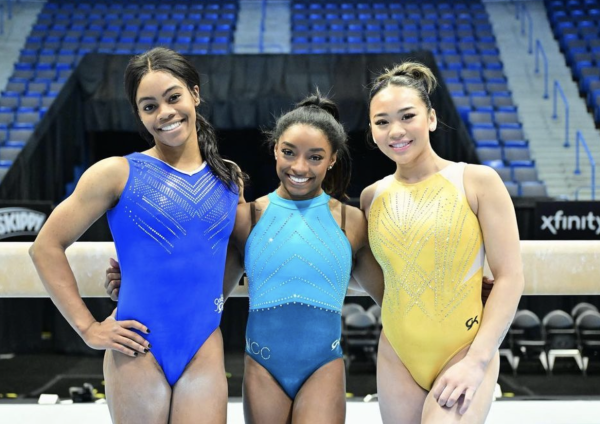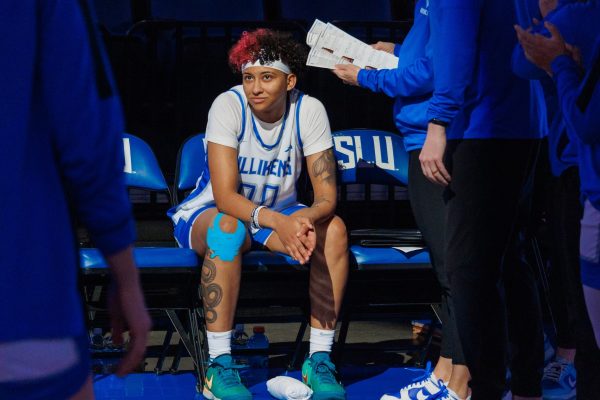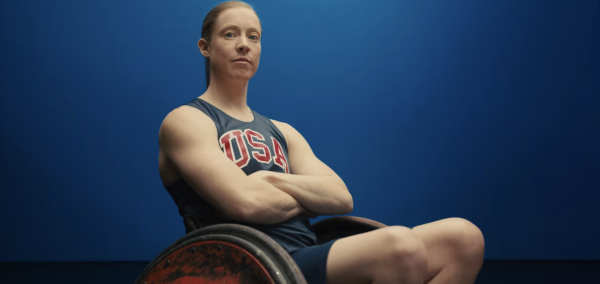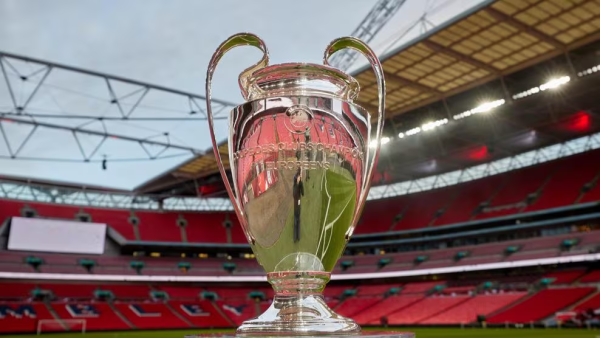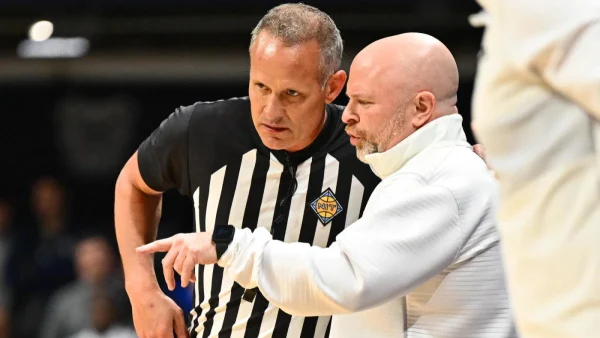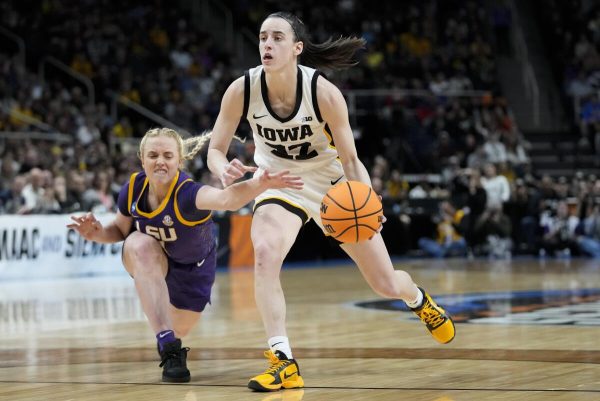Past Prevents the Present
How Bill Laimbeer’s NBA play affects his coaching legacy and potential Hall of Fame ballot
Only ten players have had their number retired by the Detroit Pistons. Among them is Number 40 worn by Bill Laimbeer. Following two seasons at Notre Dame in which the Irish made appearances in the Elite Eight and Final Four, Laimbeer played 15 seasons in the NBA, contributing to five consecutive semifinals, three consecutive finals, and back-to-back championships for the Pistons from 1987 to 1991. In his career, he was a four time All-Star and the league leader in rebounds for the 1985-86 season. Laimbeer retired following the 1993 season but returned to basketball in 2002 as the head coach for WNBA’s Detroit Shock. He spent 17 years as a WNBA coach from 2002 until his retirement in 2021, with a brief stint as an NBA assistant coach in Minnesota for three seasons. As a coach, Laimbeer led his teams to eight semifinals, five finals, and three championships. Eight times Laimbeer’s team was first in their conference. Laimbeer was Coach of the Year in 2003 and 2015, and in 2019 was given the honor of being a head coach for the 2019 WNBA All-Star Game.
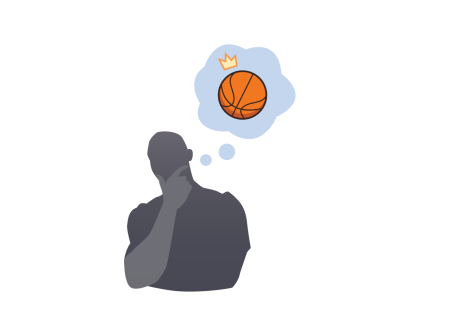
Laimbeer’s basketball career displays him winning at various levels and puts him in the company of multiple all-time great basketball names. The only other WNBA coaches with multiple Coach of the Year awards and championships are Van Chancellor, Dan Hughes, and Cheryl Reeve. Chancellor has been in the Hall of Fame since 2007, while Hughes and Reeve are currently ineligible due to the Hall requiring at least five years of full retirement before a coach can be enshrined. Extending the list to include NBA coaches only adds two names; Laimbeer and the others share the company of only Pat Riley and Gregg Popovich, both of whom were listed in the, “15 Greatest Coaches In NBA History in 2022” by Sporting News. Laimbeer’s coaching record is among the best in both leagues’ histories. Among head coaches with at least 100 games coached, Laimbeer is 6th in WNBA in win percentage at .577 and second in regular season wins at 306. He has the third most championships of a WNBA coach with three, beaten only by Chancellor and Reeve. Including NBA coaches, Laimbeer is 8th in championships won behind Hall of Famers Phil Jackson, Red Auerbach, Pat Riley and John Kundla, as well as the currently ineligible Popovich and Steve Kerr.
It seems clear that while Laimbeer did not have a Hall of Fame worthy playing career, he should be enshrined for his achievements as a coach, regardless of his playing career. However, due to his reputation, his playing career may overshadow his coaching and keep him out of the Hall. Laimbeer was the starting center for the Detroit Pistons during their five seasons of title contention from 1987 to 1991. During this time the Pistons were nicknamed the “Bad Boys” due to their physical, high-energy defense which many players on opposing teams deemed aggressive and dirty. The most famous example of this was their “Jordan Rules”. In order to minimize the effect of Chicago’s superstar guard, Pistons head coach Chuck Daly and point guard Isiah Thomas established a series of rules for players who were guarding and would be guarded by Jordan in order to lessen the total time with the ball in his hands and tire him out before he could attack the basket. In a 2007 Sports Illustrated interview with Jack McCullum, Coach Daly said “any time he went by you, you had to nail him. If he was coming off a screen, nail him.”, referring to Jordan. As the center, Laimbeer was the primary paint defender for the Pistons, meaning when Jordan drove to the basket it was Laimbeer who was the last line of defense. Their frequent meetings at the hoop led to Jordan receiving multiple hard hits from the 6’10” big man.
Jordan wasn’t Laimbeer’s only victim. In 1987 the Pistons reached the Eastern Conference Finals for the first time in franchise history and faced the Celtics led by superstar forward Larry Bird. Late in the third game of the series, the Pistons were leading as time winded down. The Celtics’ play had collapsed and Bird put up a desperation shot in the post. Prior to the release Bird was knocked to the floor by Laimbeer’s forearm connecting on his neck on an at-best reckless and at-worst dirty block attempt. Laimbeer and Bird hit the ground and Bird began swinging. As coaches, referees and other players separated the two players Bird picked up the ball and hurled it at Laimbeer, incurring a punch from Pistons forward Dennis Rodman, starting another fight. Both Laimbeer and Bird were ejected from the game for fighting and without their best player, the Celtics lost the game. This sequence and many others like it is what most older fans of the game associate with Bill Laimbeer. To this day many former players still hate him. Laimbeer was a villain who believed that hard defense was necessary for him to win and his mentality rewarded him two championship rings. Laimbeer was a representation of an era of basketball many NBA fans would rather forget, when the villains won. For this reason the Basketball Hall of Fame voting committee may harbor a personal bias against Laimbeer, creating a curious case where a coach may not be in the Hall of Fame because of what he accomplished as a player.
Your donation will support the student journalists of Saint Louis University. Your contribution will help us cover our annual website hosting costs.



